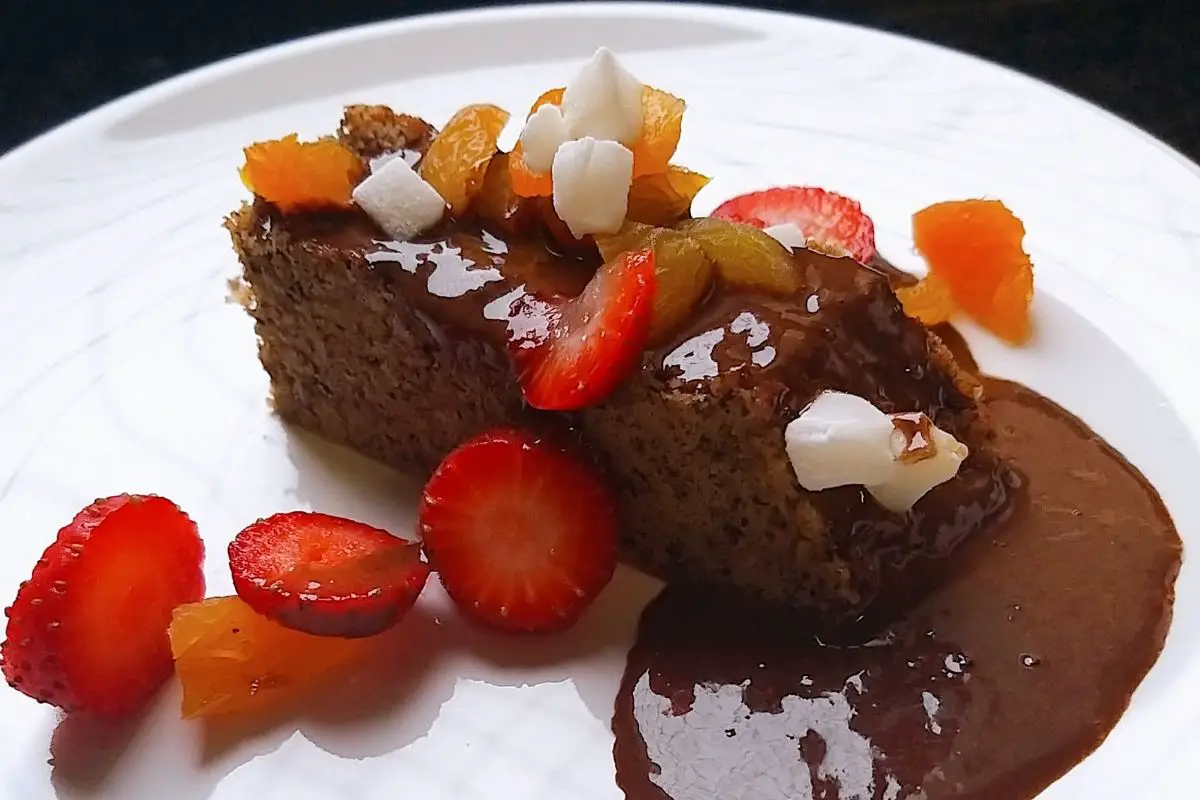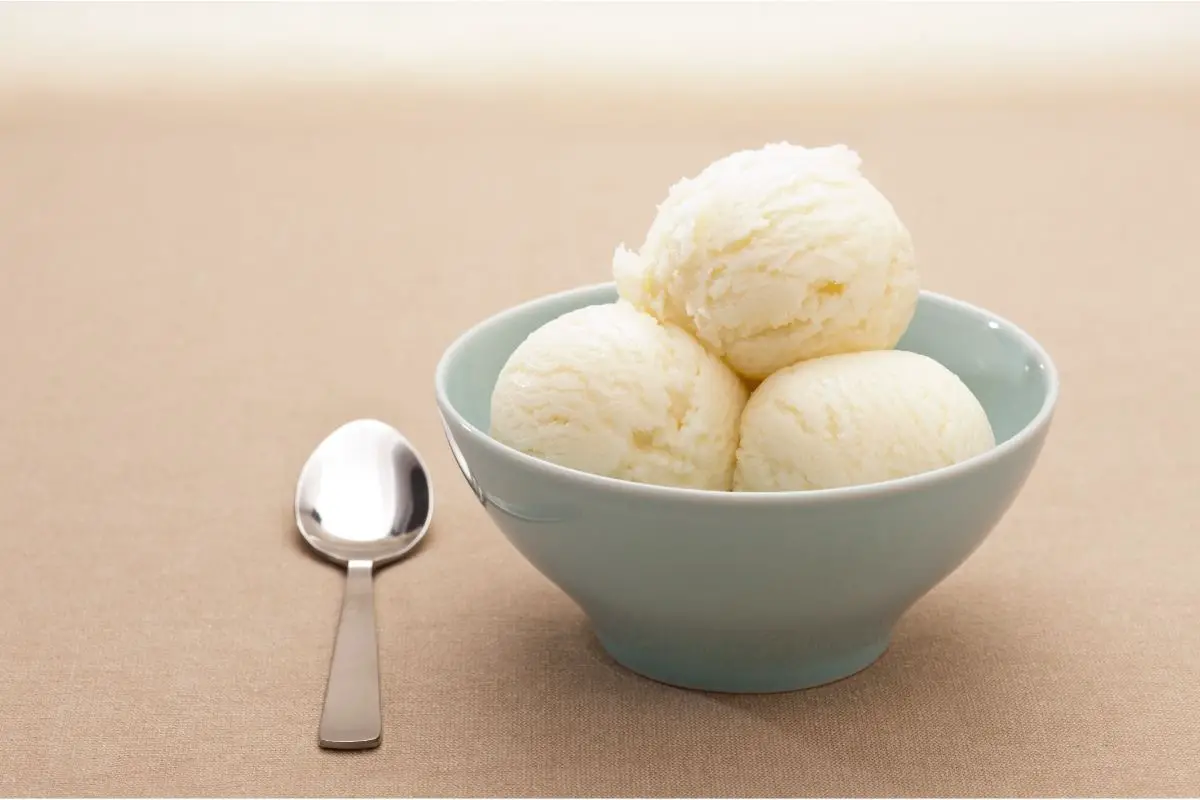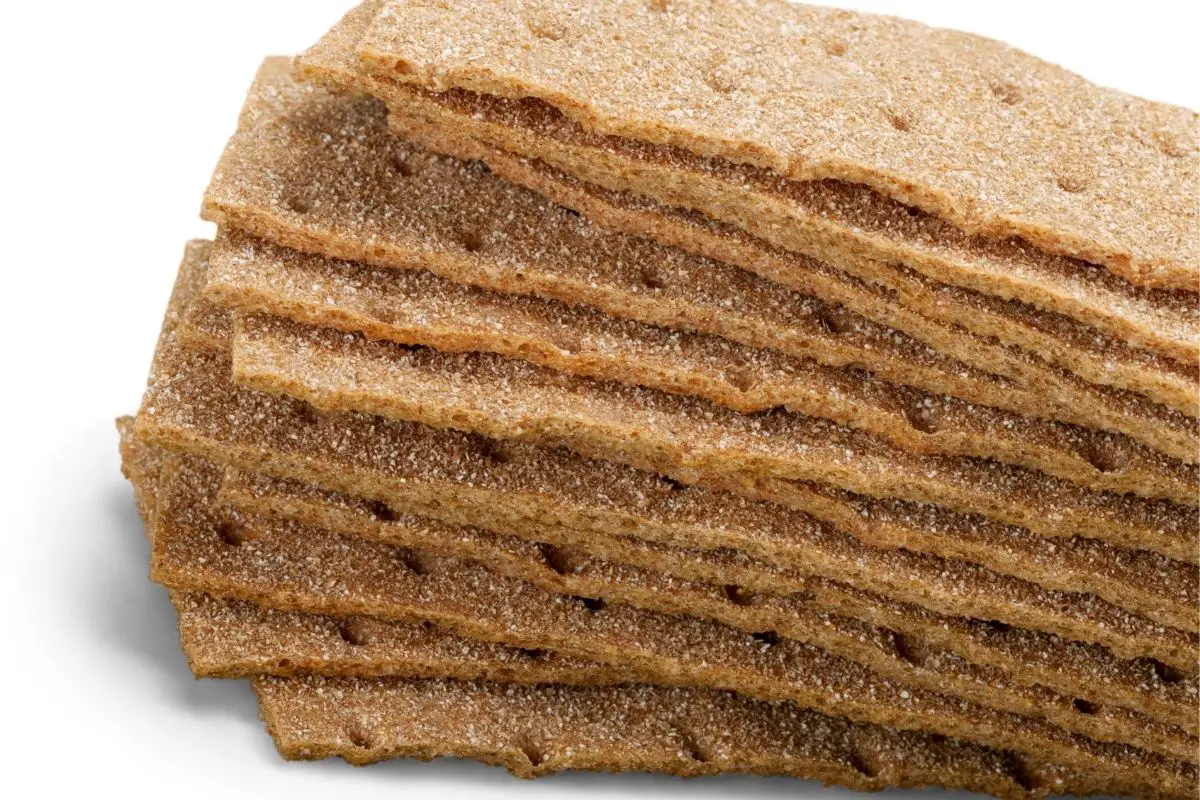Celery is often considered a starchy vegetable, but it has some surprising benefits. This veggie contains loads of fiber, potassium, vitamin K, folate, magnesium, iron, calcium, and vitamin C. Celery also helps boost metabolism.
The ketogenic diet is a low-carb, high-fat diet that was originally designed to treat epilepsy in children. It involves drastically reducing carbohydrate intake and replacing them with fats.

This diet plan is great for those who want to lose weight or improve their health. If you’re interested in learning more about the ketogenic diet, check out the information in this article and become a part of the keto lifestyle!
It may seem like there are no good reasons to eat celery, but this isn’t true. The reason why we love celery so much is that it’s packed with nutrients and vitamins.
Celery is one of the most versatile vegetables around. You can use it as a side dish, salad ingredient, snack food, or even make it into a smoothie!
Celery is an excellent source of vitamin A, B6, and C. It provides over 100% of your daily recommended value (DV) of vitamin A, plus almost half of your DV of Vitamin B6 and vitamin C.
Celery also provides calcium, phosphorus, potassium, copper, manganese, niacin, thiamine, riboflavin, pantothenic acid, folic acid, zinc, selenium, iodine, and iron.
Celery is definitely a great source of fiber and potassium. These two nutrients are very important for your health, especially if you’re trying to lose weight. However, celery isn’t high in calories or carbohydrates, making it a perfect fit for the ketogenic diet. You should eat this veggie every day to get the most benefits!
What Is So Great About Celery?
Celery is a vegetable that tastes great and adds crunch to dishes. It is also very low in calories and carbs. One cup of chopped celery contains 3 grams of carbohydrates. It provides 0.2 grams of fat and 0.7 grams of protein per serving.
Celery is a herbaceous perennial plant native to Europe. Its scientific name is Apium graveolens, and it belongs to the family of Umbelliferae. People have cultivated this vegetable since ancient times.
Celery looks like a tall green stalk with narrow leaves. The taste of this vegetable is unique. It has a slightly salty flavor and a lingering bitterness. It tastes somewhat like spinach.
Celery is a herbaceous plant with a strong odor. People usually eat the leaves, but some prefer the roots. There are two main kinds of celery: celery root and celery.
Celery root is more common in Europe, while celery is more common in North America. Both are used as vegetables. People use spices made from koala seeds to make dishes and drinks.
What Makes Celery a Good Choice For The Keto Diet?
Celery is an excellent source of potassium, vitamin C, folate, magnesium, iron, calcium, and fiber. It also contains B-complex vitamins and carotenoids. Celery is a very healthy vegetable because it is high in nutrients and low in calories.
Antioxidants are helpful for protecting our bodies from diseases. These qualities make it great for the keto diet overall, as you get a balance of nutrients and vitamins straight from the one vegetable alone.
Is Celery Keto Friendly?
Keto-friendly vegetables include celery, cucumber, and zucchini. These veggies are very low in carbohydrates and calories. They do contain some fiber, but you don’t need much. You can eat them raw or cooked. They are very versatile.
Celery is a vegetable that is high in fiber and low in carbs. You can eat it often without worrying about your daily carb count.
Is Celery Root Keto-friendly?
Celery root is a root vegetable that is related to parsnips. It is sometimes called celeriac or celery root. Celery root is a member of the Apiaceae family. It is a root vegetable that grows underground.
The plant is grown as an annual crop, but it may grow as a biennial crop if planted early enough. Celery root is available year-round in most grocery stores.
What Are Nutritional Facts About Celery?
Celery is a vegetable that contains lots of nutrients. The serving size of 100 grams of raw celery provides 160 calories, 0 grams fat, 0 grams protein, 3 grams carbohydrates, 1 gram dietary fiber, 1 gram sugar, 0 mg cholesterol, 80 mg sodium, and 260 mg potassium.
Celery is a versatile vegetable. People use it in different ways. Some even eat it raw, while others boil or steam it. It has a unique flavor that makes it salty and mostly watery.
People compare its leaves to spinach, however, it is still different. Nutritiously, it consists mainly of water, and that is why it has such a low-calorie count.
Even though it is low in calories, it contains healthy nutrients that have a strong antioxidant capacity.
Studies show that its extract can improve memory, lower inflammation and prevent heart disease. It is the most important thing for ketogenic diets and low-carb dieters because of its low numbers of carbs.
With only one gram of net carbs per 100g, it is very difficult to overindulge and break ketosis.
Feel free to grab some celery and enjoy it as much as you want while still losing fat! Celery is a versatile veggie that people use in different fashions. Some people eat it raw, some boil it, and others chop it up into salads.
People also use every part of it – its roots, its stems, and even its leaves. It has an unusual taste that leaves a slightly bitter aftertaste, yet it is salty as well.
As a result, people compare the taste of its leaf to spinach, but they aren’t quite alike. Keto dieters should eat celery because it is low in carbs.
What Are The Health Benefits of Celery?
Celery is a great vegetable to eat on the ketogenic diet because it’s low in calories and carbs. It also contains many powerful antioxidants. Celery is an amazing vegetable that helps people feel better and stay healthy.
It is rich in nutrients, including vitamins A & C, calcium, iron, potassium, magnesium, beta-carotene, folate, niacin, riboflavin, thiamine, phosphorus, copper, zinc, iodine, manganese, selenium, molybdenum, chromium, and vitamin B6.

It is low in calories and fat, but high in carbohydrates. It is a wonderful source of dietary fiber. It is commonly used as a salad green or cooked as a side dish. Celery is often served with dips, spreads, soups, stews, and salads.
It is a popular snack food, especially when pickled. It is sometimes combined with other vegetables such as carrots and onions for coleslaw. Celery juice is also available commercially.
Are There Any Great Alternatives to Celery?
Keto celery is an excellent source of fiber and low-calorie carbohydrates. You can use celery as a healthy snack or substitute for other vegetables.
Try adding celery to soups, salads, stir-fries, stews, sandwiches, wraps, and more. There are many vegetables that can be altered in your meals to substitute for celery if you eat it a lot and are going to miss it.
Cauliflower
Cauliflower is another veggie that’s low in carbs, but very high in vitamins and nutrients. You can add it to salads, or top with spices and roasted it in the oven. Rice is a carb substitute, but cauliflower is better because it provides more nutrition.
Keto dieting is hard. You need to eat right, exercise, and get enough sleep. Don’t fall into common mistakes when you start your keto journey.
Zucchini
Zucchini tops my list as it’s low in carbs, has an easy-to-like taste, and is versatile. I eat it raw, roasted, grilled, or lightly cooked into noodles. It contains lots of nutrients including vitamin C, vitamin A, and fiber.
Spinach
Spinach is a healthy vegetable that many people enjoy. It’s low in calories and carbohydrates, but high in vitamins A and C, iron, folate, fiber, and other nutrients. It’s also an excellent source of vitamin K, which helps prevent blood clots.
Bell Peppers
Red, orange, and yellow peppers are great sources of many vitamins. They’re a great addition to any keto meal plan. They provide more than enough calories to be included in a meal plan.
They do contain carbohydrates, but the amount is negligible. They’re also very low in fats. They are a great source of vitamin C, which is an essential nutrient for the body.
Bell peppers are low in carbs, but high in vitamin C. Green bell peppers are also high in potassium.
Broccoli
Broccoli is an excellent source of vitamins and minerals. It’s easy to prepare, and it’s delicious! This vegetable is full of nutrients. You’ll get lots of vitamins and minerals when you eat this vegetable. It’s low in calories and high in fiber.
Mushrooms
White mushrooms contain very high amounts of fiber, potassium, and other minerals. You can add them to your diet by adding them to soups, salad, and meats.
Kale
Kale is very low in carbohydrates, but it provides lots of healthy vitamins and minerals. In one serving, you’ll get more than half your daily value for vitamin A, vitamin C, and Calcium. Steamed or baked kale makes a delicious side dish, or try kale chips!
Final Thoughts
You don’t have to cut out all carbs while following a ketogenic diet. You just need to limit yourself from eating too many carbs. Your body needs some carbs to function properly.
If you eat too few carbs, your body will go into starvation mode. When your body goes into starvation mode, it starts breaking down its own tissues to survive. The result is muscle loss, bone density loss, and brain damage.
Celery is extremely keto-friendly, and you can rest assured that eating celery on your keto diet will be a joyous experience.
- What Exactly Do Chickpeas Taste Like? Is There A Distinct Flavor? - September 30, 2023
- Top 11 Low Carb Options at Sonic Drive-In for Keto Diet - September 30, 2023
- What Should You Serve Alongside Potato Salad? 8 Incredible Side Dishes - September 30, 2023










